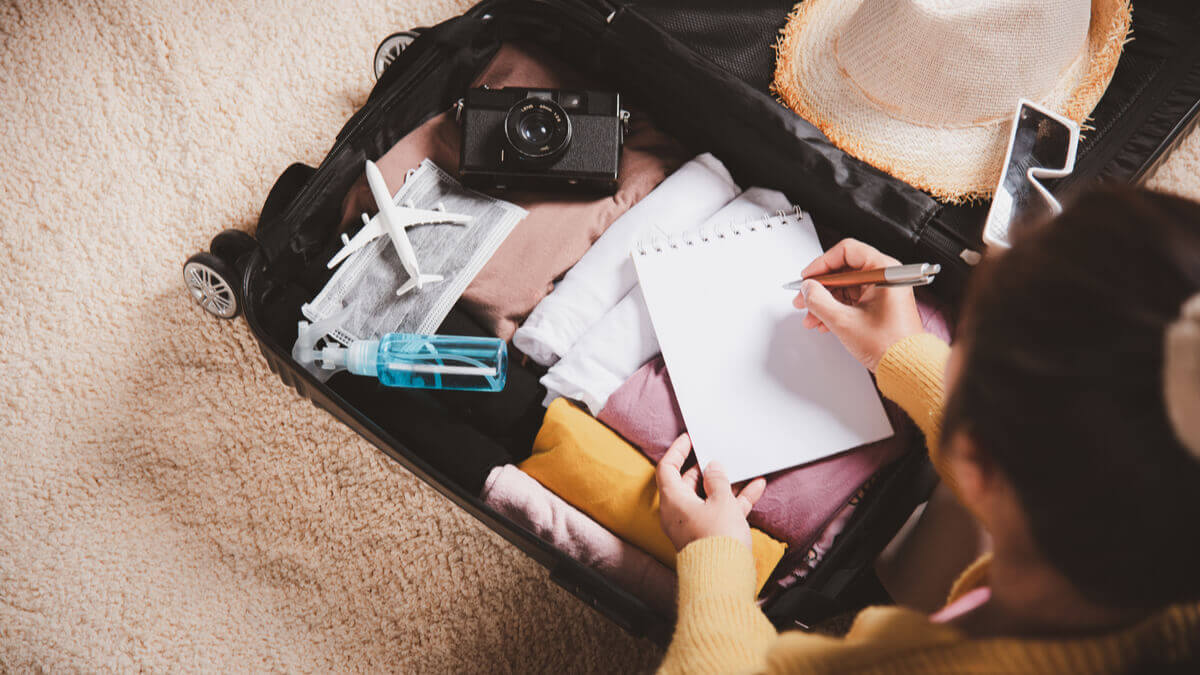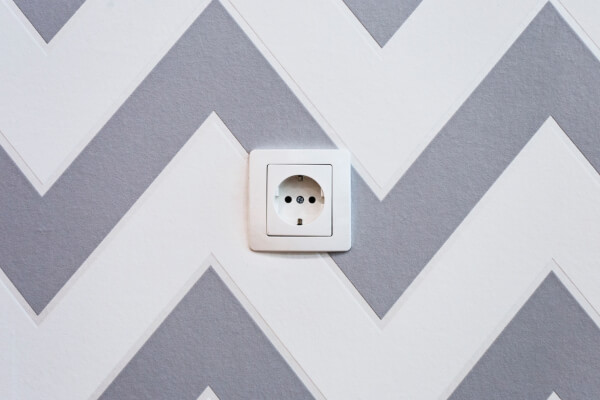Driving in Italy as an American: full guide
Everything you need to know about driving in Italy as an American

Jetting off on an Italian adventure this year? Perhaps you’re planning a trip to a major city like Venice, Rome, Florence or Milan, a tour of the vineyards in Tuscany or a hiking adventure in Abruzzo.
Whatever you have in mind, you’ll need to know exactly what to pack for your trip.
We’re here to help, with the ultimate packing list for Italy. We’ll look at what to take for different times of the year, and for the various regions of the country.
One crucial thing to add to your must-pack list is the Wise Multi-Currency Card. It lets you spend in EUR for low fees and great rates across the whole of Italy and beyond.
No two trips are the same, and what you pack will depend on which city and region in Italy you’ll be heading to. Plus, the time of year, how long you’re staying and what activities you have on your itinerary.
Let’s start with the basics that every traveler will need, whatever Italian destination they’re heading to.
Here’s what to pack first:
The time of year you’ll be traveling to Europe will play a huge role in what you pack for your trip.
To help you prepare for whatever the weather throws at you, let’s take a look at packing list considerations for Italy in different seasons. This includes some useful info on the climate in Italy at different times of the year.
Although, of course, it depends on where in the country you’re going. For example, it’s likely to be much colder if you’re hiking in the Dolomite mountain range, compared to sunning yourself on a beach in Sicily.
In spring, Italy tends to experience mild, pleasant and slightly breezy weather.
It’s a lovely time of year to visit, with blooming flowers, lush greenery and warming temperatures. On average, you can expect lows of 5°C and highs of 25°C.³
However, the season is also characterized by occasional showers, so it’s good to be prepared.
Your Italy packing list for spring should include essentials such as:
And of course, don’t forget a camera or smartphone for capturing the beautiful scenery.
Summer in Italy is usually hot and sunny, especially in the southern regions. Temperatures can soar, making it perfect for beach vacations, but it can also be quite humid.
Temperatures can reach as high as 38°C³, so remember to pack some sunscreen and stay well hydrated.
Your Italy packing list for summer should include:
Autumn brings cooler temperatures, although they can rise as high as 28°C.³ The season is generally considered a delightful time to visit Italy. The weather remains pleasant (although you’ll need to watch out for rain), and the countryside is bursting with colorful foliage.
A packing list for Italy in September, October or November should ideally include:
Winter weather in Italy varies quite a bit depending on the region. The north experiences cold temperatures and snow, which is perfect for winter sports. If you’re planning a ski break, you’ll of course need a whole new packing list.
However, the south remains milder, and could be a good time for sightseeing without the crowds.
Overall, you can expect temperatures anywhere between -5°C and 15°C.³
Here’s what to pack for Italy in winter:
Staying in Italy for longer? If you’re studying, working or moving to Italy for a few months, you’ll need most of the items on our essentials and seasonal packing lists above.
Here are a few extra things you might to add to a study abroad Italy packing list:
Remember though that you’ll be able to buy most of what you need in Italy. So if you’re struggling to get your suitcase closed, it could be worth taking a few items out and waiting until you arrive.
| 💡 You might also find it useful to read our guides to the renting process in Italy, and how to open an Italian bank account. |
|---|

The Wise Multi-Currency Card is a fantastic solution to cover your needs when traveling to Italy. It’s contactless and works in 150+ countries, including Italy and across the EU.
Order your Wise Multi-Currency Card for a one-time fee of $9 and you’ll get:
Wise is a money service business, offering a multi-currency account, international money transfer services and a debit card.
Please see Terms of Use for your region or visit Wise Fees & Pricing: Only Pay for What You Use for the most up-to-date pricing and fee information.
And that’s it - everything you need to pack for a comfortable, safe and thrilling Italian adventure.
Of course, you’ll need to tailor your packing list based on where you’re going and what you’re doing, as well as the time of year. You might prefer a few extra comforts, or want to leave some things out and pack super light.
But hopefully after reading this guide, you’ll be clued-up on the must-pack essentials you’ll need for travel to Italy.
As a rule of thumb, it’s always best to be over prepared. You never know what the weather will throw at you, even if visiting Italy in the height of summer. Remember though that you should be able to buy anything you’ve forgotten to pack once you arrive, especially if staying in a major city.
Just pack your Wise Multi-Currency Card, and you’ll be able to spend like a local, buying everything you need in euros for low fees and great exchange rates. It’s the perfect travel companion.
| 💡 Read more about travel to Italy in our guides to buying property, how ATMs work in Italy (and how to find your nearest) and how to get Italian dual citizenship. |
|---|
Sources used for this article:
Sources checked on 25-Jul-2023.
*Please see terms of use and product availability for your region or visit Wise fees and pricing for the most up to date pricing and fee information.
This publication is provided for general information purposes and does not constitute legal, tax or other professional advice from Wise Payments Limited or its subsidiaries and its affiliates, and it is not intended as a substitute for obtaining advice from a financial advisor or any other professional.
We make no representations, warranties or guarantees, whether expressed or implied, that the content in the publication is accurate, complete or up to date.

Everything you need to know about driving in Italy as an American

Everything you need to know about wine tasting in Tuscan wineries.

Headed for a gastronomic experience in Italy? Find out how to eat like a local in this handy guide.

We cover all you wanted to know about electricity and power adapters for Italy. You'll also learn about plugs and power converters. Read on.

While credit cards are becoming more widely accepted, Italy works mostly on cash. Many taxi drivers, tour guides and other service providers won’t accept...

There’s so much to see and buy in Rome. Fendi, Bottega, Veneta and Prada, among other local brands. There’s also culture to consume and architectural beauty...